GLC Dark Deck - Guzzlord
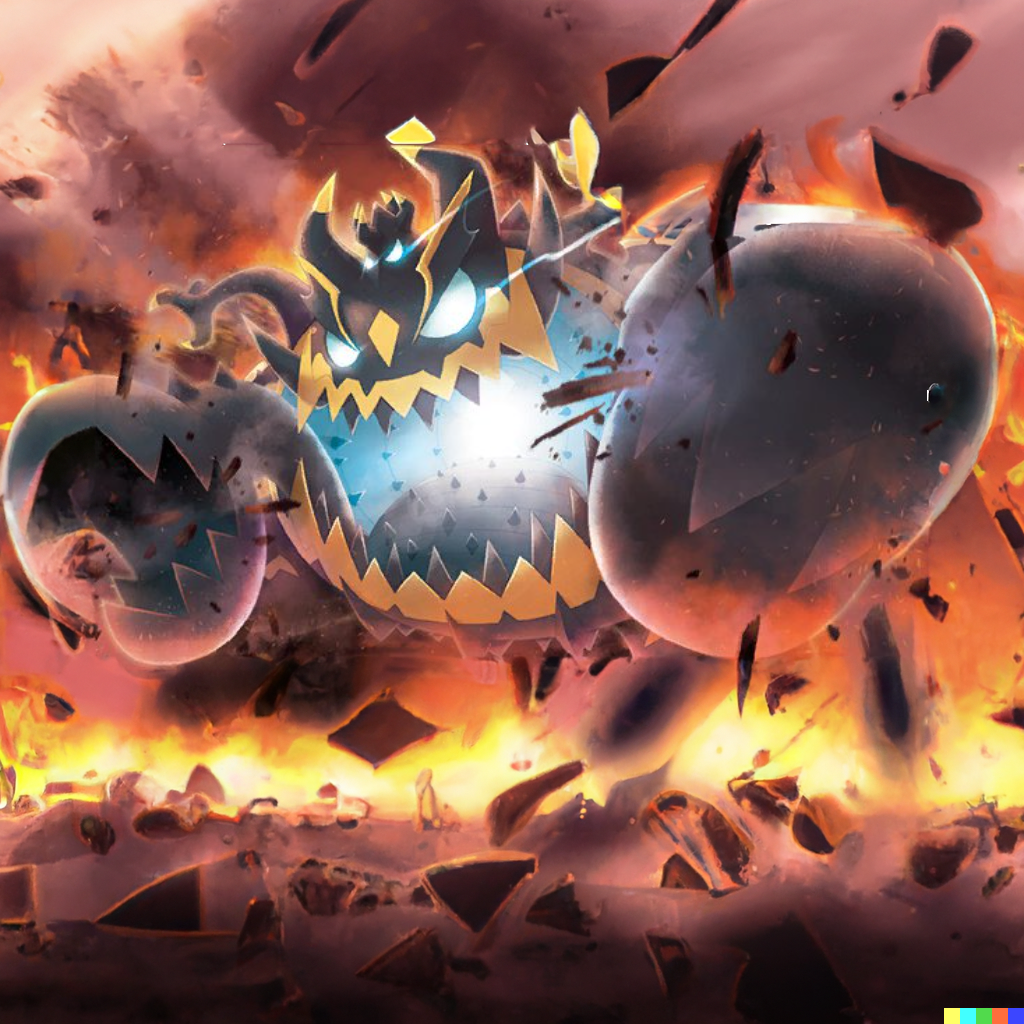
Red Banquet
Editor's Note: Bcevasco is one of the best players around, and of the nicest guys. Be sure to check him out on stream at twitch! He will sometimes stream online tournament gameplay and explain his decision process.
Dark is generally lacking in support Pokémon. Trade Liepard is the only repeatable draw, and Dark Squall Hydreigon is the only energy acceleration. Playing a Rain Dance style game generally requires drawing lots of cards, so Dark players don’t often choose to build around it. So, if the support is so poor, what makes this classic dark build strong? The attackers, and the baddest of the bunch is Guzzlord CEC.
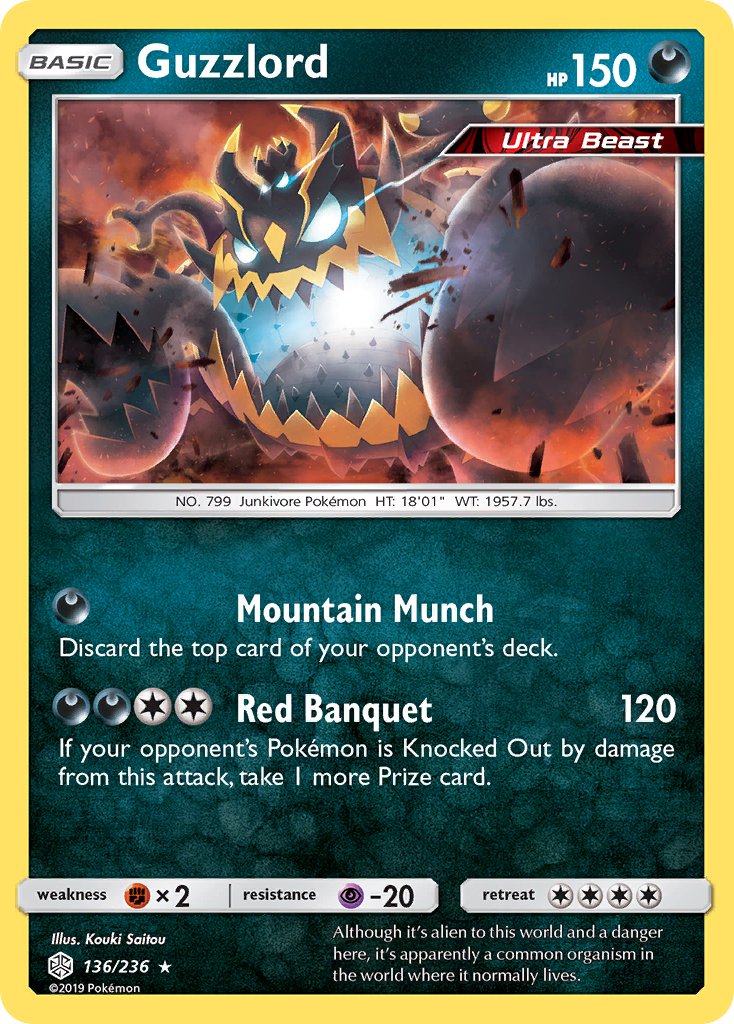
Guzzlord’s Red Banquet attack is one of the rare ways to take multiple prizes with a single attack, and we can power it up in a single turn thanks to Beast Ring and Double Colorless energy.
Another of the powerful and uncommon effects dark gets access to is ability lock thanks to Weezing’s Neutralizing Gas ability.

Early ability lock can be very stifling for some strategies, and Dark can get Weezing active as soon as turn 1 going second thanks to the ascension Koffing from Shining Fates. In addition to taking prizes against a stalled opponent, Weezing’s severe poison is also good for getting Pokémon into range for Guzzlord to KO them for 2 prizes.
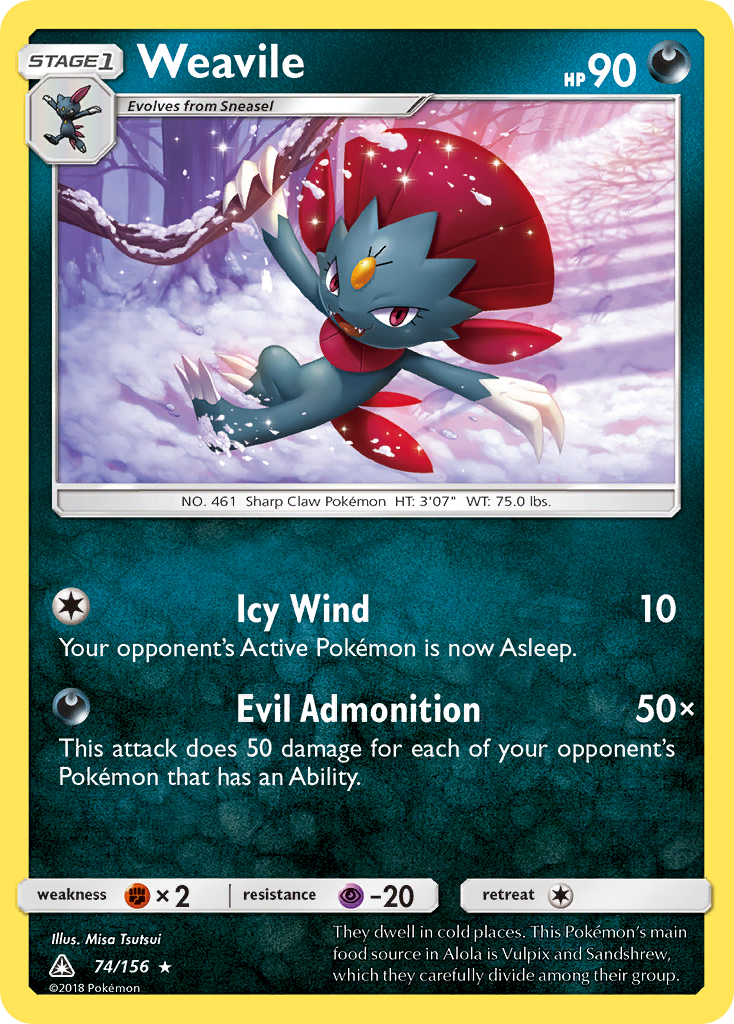
To round out the attackers the deck runs Hoopa DAA and Spiritomb UNB who can take early knockouts as well as Galarian Moltres EVS and Weavile UPR who can scale to larger numbers, though Spiritomb can hit for large numbers as well with enough time to build up damage.
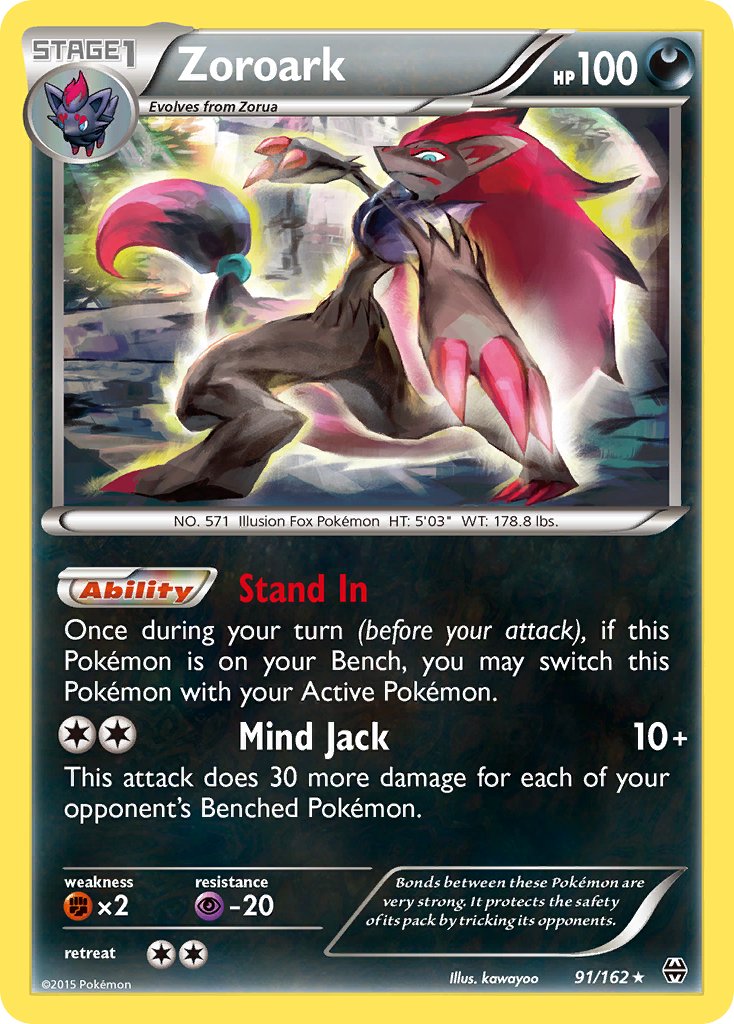
Zoroark BKT can combine with Float Stone, Air Balloon, or Hiding Darkness Energy to enable consecutive Hoopa attacks, reset status conditions, and just generally pick the best Pokémon to have active every turn. It can also attack for good numbers against opponents who build a large bench.
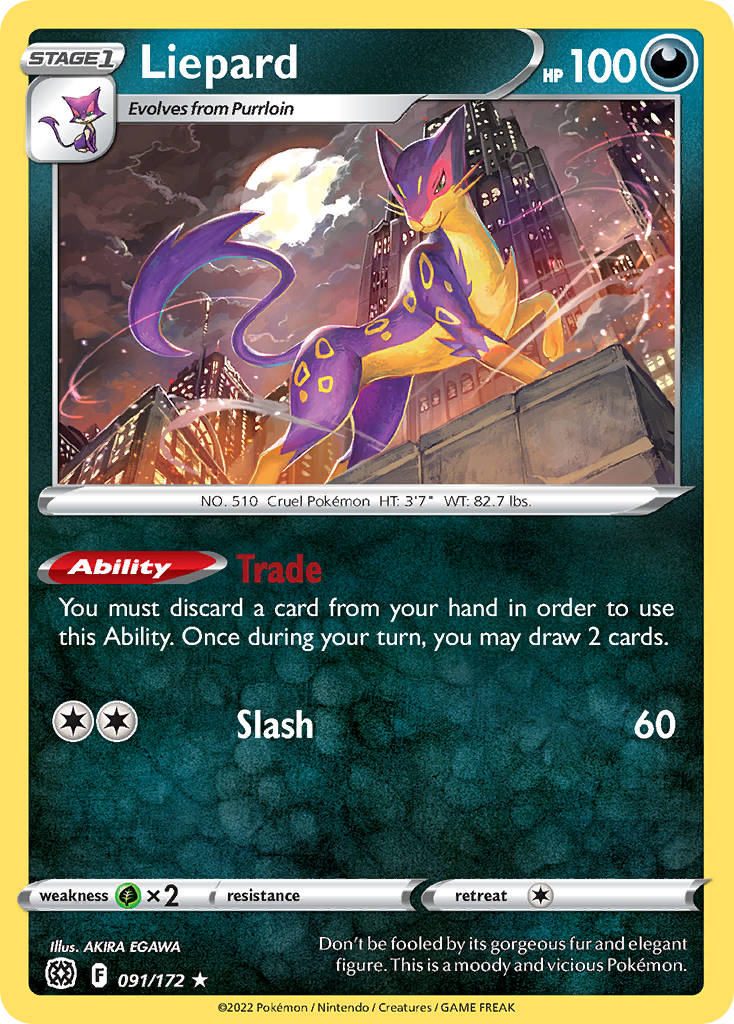
Liepard BRS is the only on-board draw in the deck. When I play Dark I try to get down Liepard as early as possible and Trade every single turn. Building a big hand means more options and more opportunities to attack with Guzzlord.
General Build and Gameplay
As far as I’m aware, Dark doesn’t have any extra item-based Pokémon search like Fog Crystal or Dive Ball, or a basic-searching stadium like Brooklet Hill or Stormy Mountain. Because of this, even though the Pokémon are generally low maintenance, I like to run lots of set up Supporters. Trade is good at thinning out dead cards throughout the game, which also curbs the downsides of these cards.
Because the deck is short on support Pokémon, it plays a lot of Supporter cards. The traditional lineup of draw supporters is joined by Erika’s Hospitality as well as Pokégear 3.0 and Trainers’ Mail.
Traditional Dark is the poster child for choosing to go second. Beyond just leaning on supporter cards to get out it’s basics, it also has some of the best turn 1 attackers in the game with Hoopa and Spiritomb plus a damage modifier.
Not having support Pokémon means relying on trainer cards to assemble knockouts each turn, and each of the Pokémon in the deck operate a bit differently from one another. For example, Hoopa will ask you to play a switching effect to assemble an attack, while Guzzlord wants to be played with Beast Ring and/or Dark Patch, and Spiritomb needs to sit in play for a few turns before it starts dealing real damage.
I touched on this before, but a big hand provides the options you need in order to make big plays. Because of this I prioritize setting up Liepard and use its Trade ability every single turn. That isn’t an exaggeration either, even if every single card in my hand is good it is rare that I’ll choose to end my turn without using Trade. This has its pitfalls though, if you discard the wrong card, you can leave yourself without a key resource later in the game. Playing dark well means making long term plans and considering what attackers and enablers for those attackers will let you close out the game, and that comes with practice.
Tips and Tricks
- Zoroark is the best recipient of free retreat.
- If you can help it, using Hiding Darkness Energy to retreat Guzzlord. This leaves the option to attach a damage modifier tool later.
- Deciding whether to hold or bench the Guzzlord is a judgment call. Getting one energy attach down opens more opportunities to power it up, but also exposes it to gust KOs.
- Don’t tunnel vision on Weezing locking down the whole game by itself. If slowing the opponent down has allowed you to set up Guzzlord or find a high impact gust KO, take it.
- Moltres often relies on supporter cards to get the energy it needs to attack, so if you’re lining up a potential Moltres attack, use Trade before playing a supporter for turn.
- If you have the energies in your hand, consider benching Moltres even if you don’t plan to attack with it right away.
- Spiritomb is very bad into spread decks, especially Lightning. Don’t bench it without a very clear plan for how it will provide value.
Specific Card Choices
Zorua
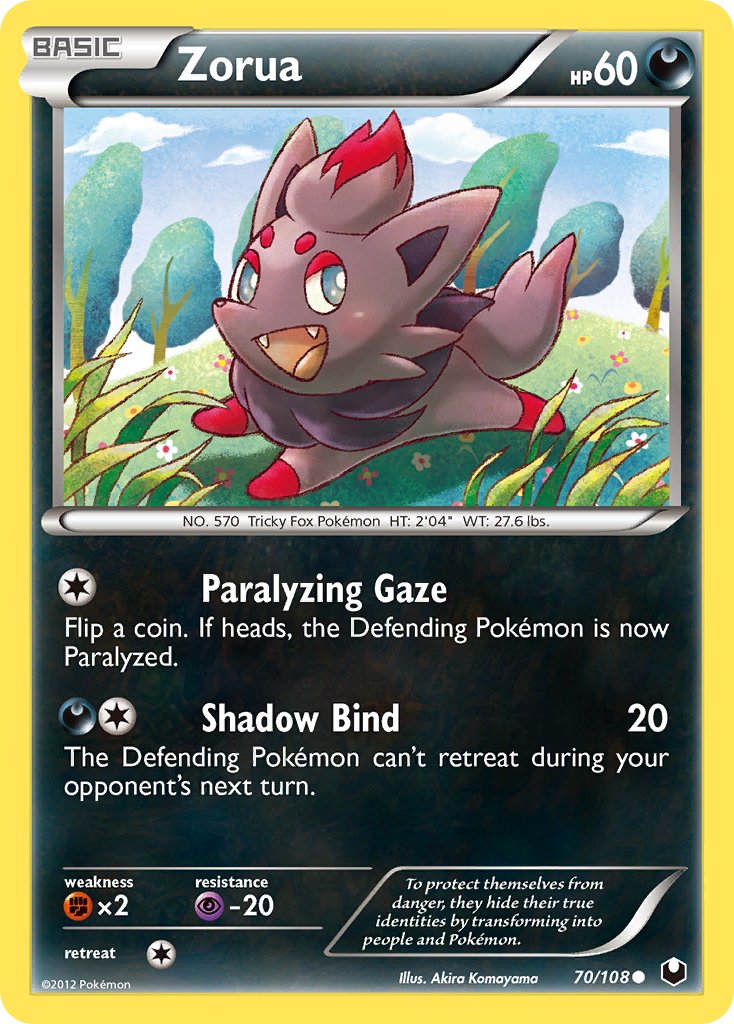
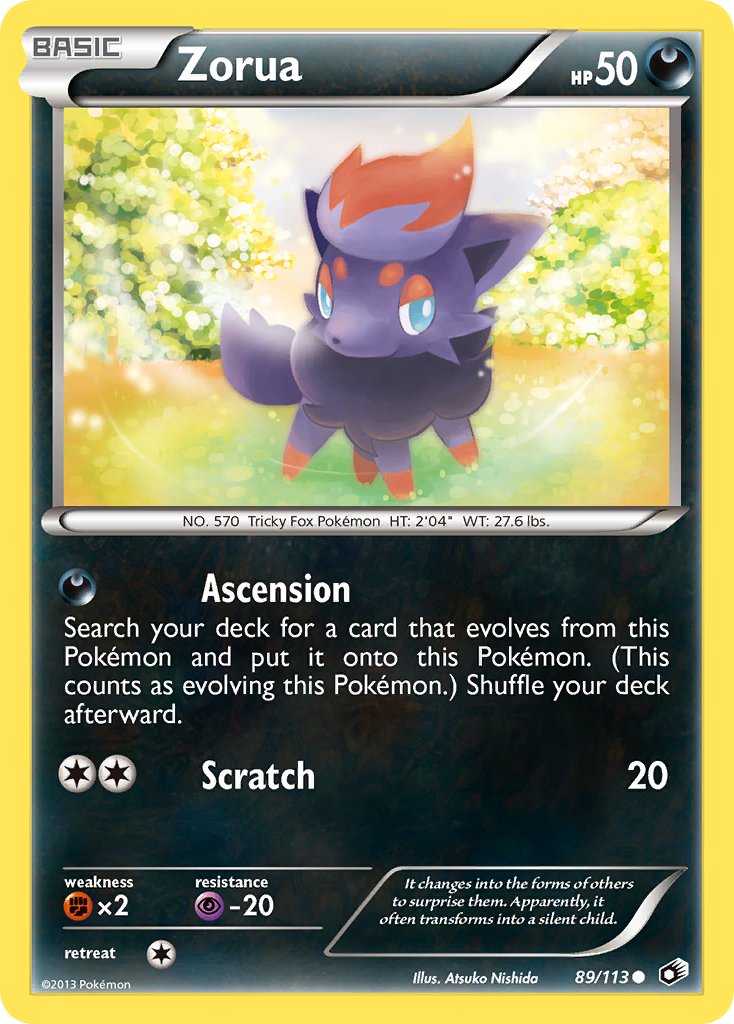
I go back and forth on which of these two is better. I wouldn’t blame anyone for running either one.
5 tool cards
I really like having all 5 tools in the list. Air Balloon provides redundancy for maintaining a perfect pivot Zoroark and Fighting Fury Belt can be very impactful on Guzzlord and Moltres while letting Spiritomb occasionally reach 200+ damage.
Rosa

Many decks run Raihan in this slot to recycle energy and provide extra ways to power up Guzzlord, but I’m a huge fan of Rosa’s ability to find 3 cards in a deck where every other attacker can be ready to go with a single attachment.
Lost City
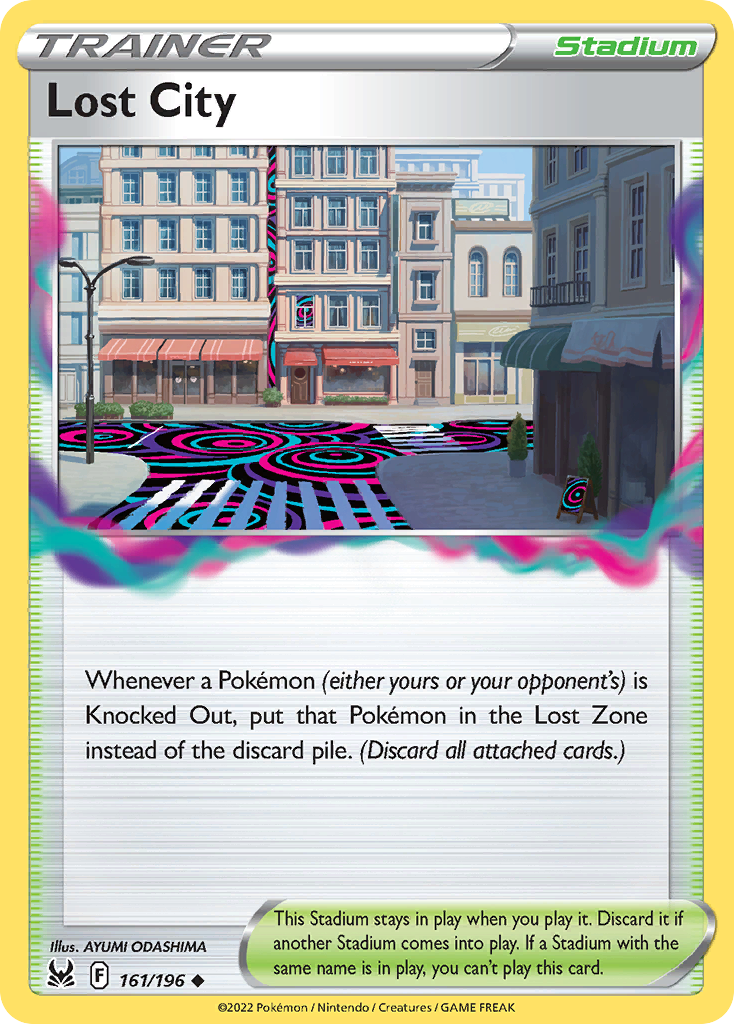
Devoured Field and Reverse Valley’s ability to fix math is very strong in Dark, but with decks like Control, Mill, Hitmoncombo, and Lost zone Sableye making their way into the meta I find Lost City’s value is rising. I also just generally think decks that can take early knockouts can take advantage of Lost City in more traditional matchups by removing unevolved support Pokémon from the equation before they get rolling.
Ordinary Rod
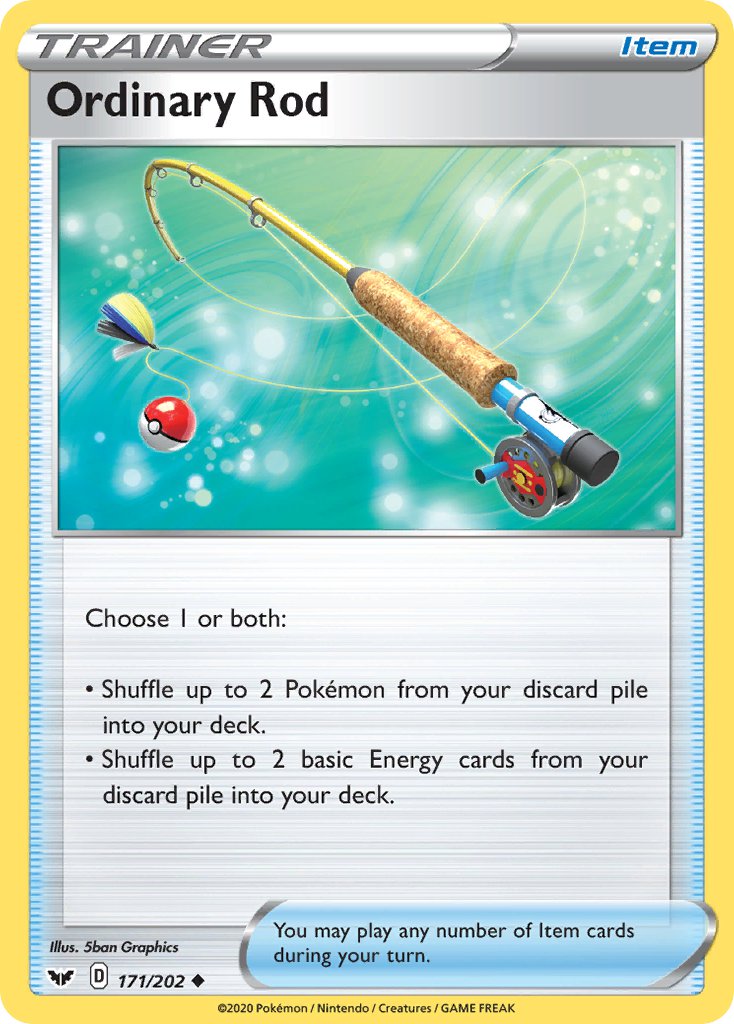
I like to run Ordinary Rod over Super Rod because it provides the flexibility to leave energy in the discard for Dark Patch and Klara, or shuffle in just 2 energies for Beast Ring without adding in a Pokémon I don’t expect to re-use.
Town Map
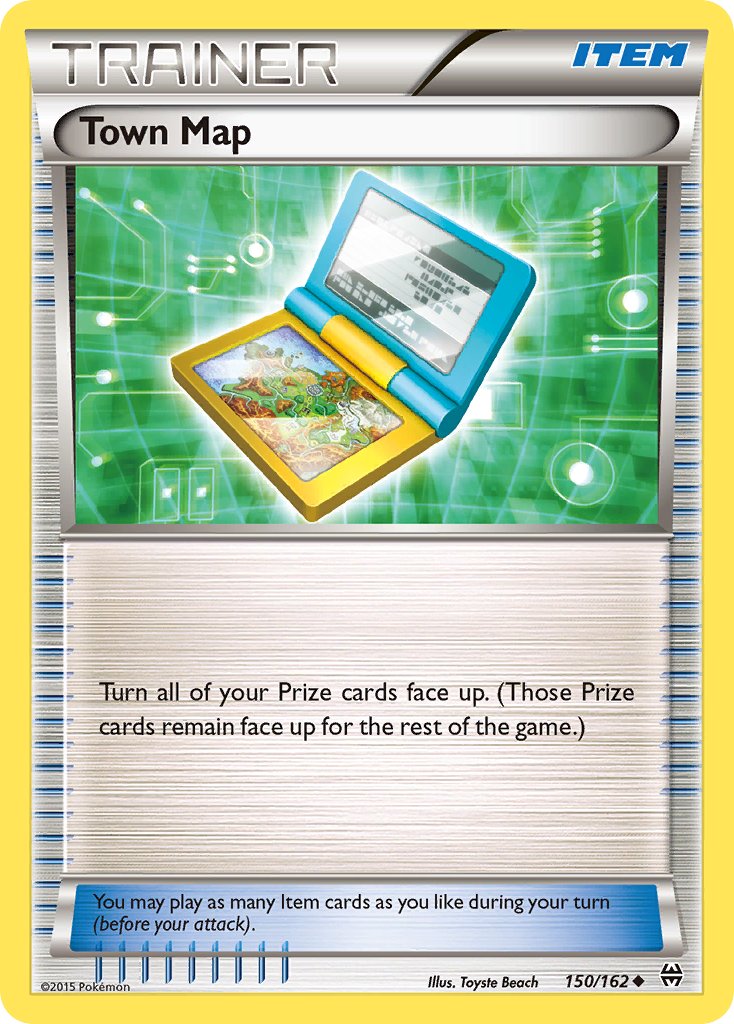
Town Map is my preferred prize smoothing card because Dark is good at taking early prizes, it’s often important to use a Supporter card to assemble an attack, and the deck leans on important trainer cards and special energies that cannot be found by Hisuian Heavy Ball.
7th basic energy
Some Dark decks only play 9 energy cards, but I like playing the 7th basic energy because even though most of the attackers are not energy hungry both Moltres and Guzzlord very much are.
Weaknesses and Matchups
I’ve written at length about what makes the Dark type strong, but it is not without its faults. The Pokémon have generally low HP and the attacks are conditional or low damage, sometimes both. Savvy players will sometimes be able to deny a Dark player the return KO on certain board states. Dark also tends to trend on the lower end of the range on consistency. I don’t think Dark gets shut out by anything in the meta, but decks like Lightning, Water Spread, and even Psychic spread are all positioned to take board breaking multi-prize turns.
Final Thoughts
It’s very strange to see a strategy use so few new cards for so long and still remain a top contender, but I suppose that speaks to how strong the pieces are. This deck rewards mastery and has withstood the test of time. Give the deck a try and test out your resource management and long-term planning skills as you control some of the most powerful Pokémon in the format.
Deck List
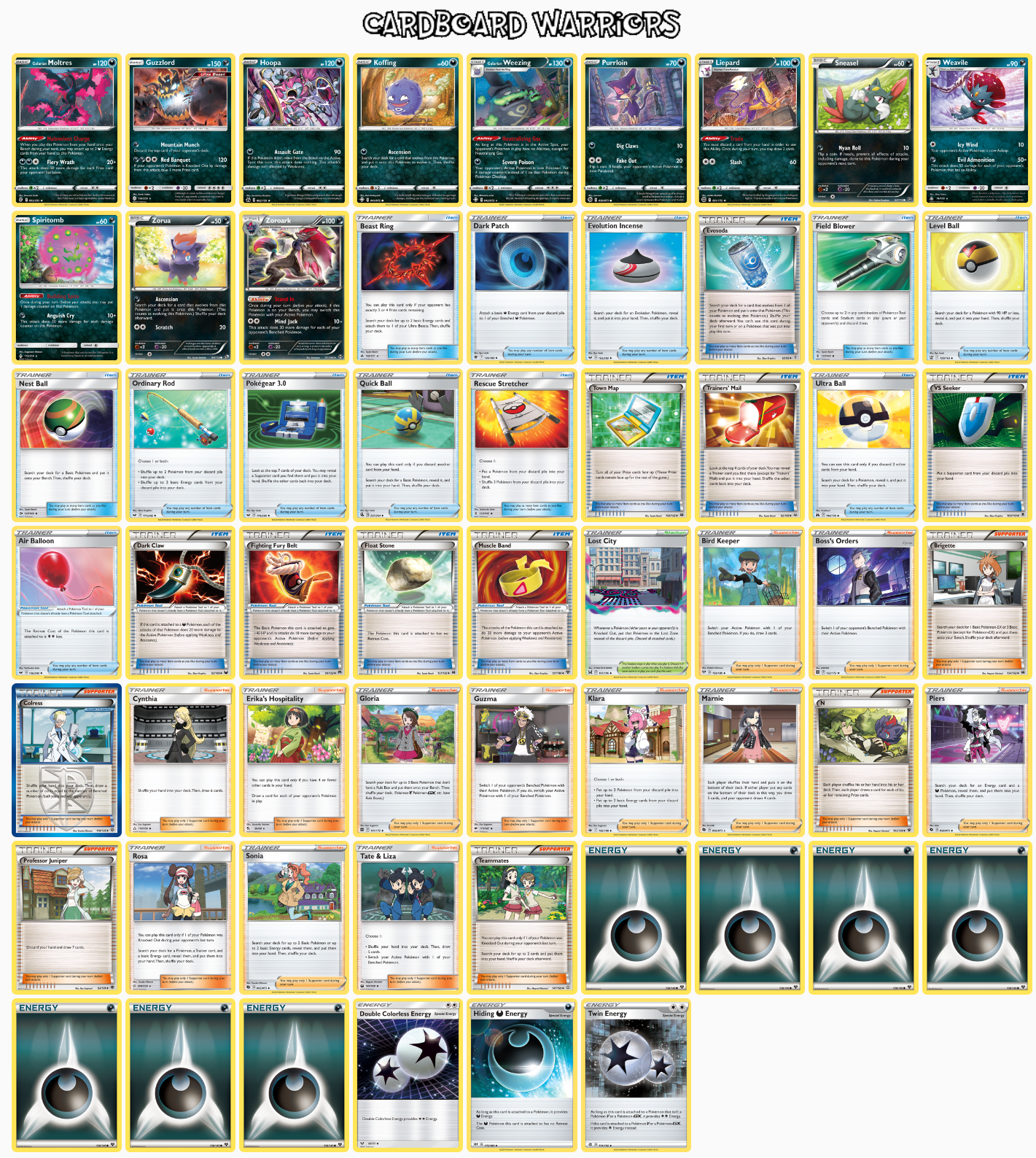
##Pokémon - 12
- 1 Galarian Moltres EVS 093
- 1 Guzzlord CEC 136
- 1 Hoopa DAA 111
- 1 Koffing SHF 041
- 1 Purrloin CPA 039
- 1 Sneasel UPR 073
- 1 Spiritomb UNB 112
- 1 Zorua LTR 089
- 1 Galarian Weezing RCL 113
- 1 Liepard BRS 091
- 1 Weavile UPR 074
- 1 Zoroark BKT 091
##Trainer Cards - 38
- 1 Gloria BRS 212
- 1 Piers DAA 165
- 1 Erika's Hospitality TEU 140
- 1 Tate & Liza CES 166
- 1 Bird Keeper SHF 066
- 1 Brigette BKT 161
- 1 Cynthia UPR 119
- 1 Teammates PRC 160
- 1 Boss's Orders LOR 241
- 1 Guzma BUS 143
- 1 Professor Juniper DEX 098
- 1 Colress PLS 118
- 1 Klara CRE 145
- 1 N FCO 105
- 1 Sonia RCL 192
- 1 Rosa CEC 204
- 1 Marnie SSH 200
- 1 Trainers' Mail ROS 092
- 1 Rescue Stretcher GRI 130
- 1 Pokégear 3.0 SSH 174
- 1 Evolution Incense SSH 163
- 1 Ordinary Rod SSH 171
- 1 Nest Ball SUM 123
- 1 Evosoda XY 116
- 1 Town Map BKT 150
- 1 Field Blower GRI 125
- 1 Level Ball BST 129
- 1 Ultra Ball BRS 150
- 1 Dark Patch ASR 139
- 1 Quick Ball FST 237
- 1 Beast Ring FLI 102
- 1 VS Seeker ROS 110
- 1 Dark Claw DEX 092
- 1 Fighting Fury Belt BKP 099
- 1 Air Balloon SSH 156
- 1 Float Stone BKT 137
- 1 Muscle Band XY 121
- 1 Lost City LOR 161
##Energy - 10
- 7 Darkness Energy Energy 7
- 1 Double Colorless Energy FCO 114
- 1 Twin Energy RCL 174
- 1 Hiding {D} Energy DAA 175